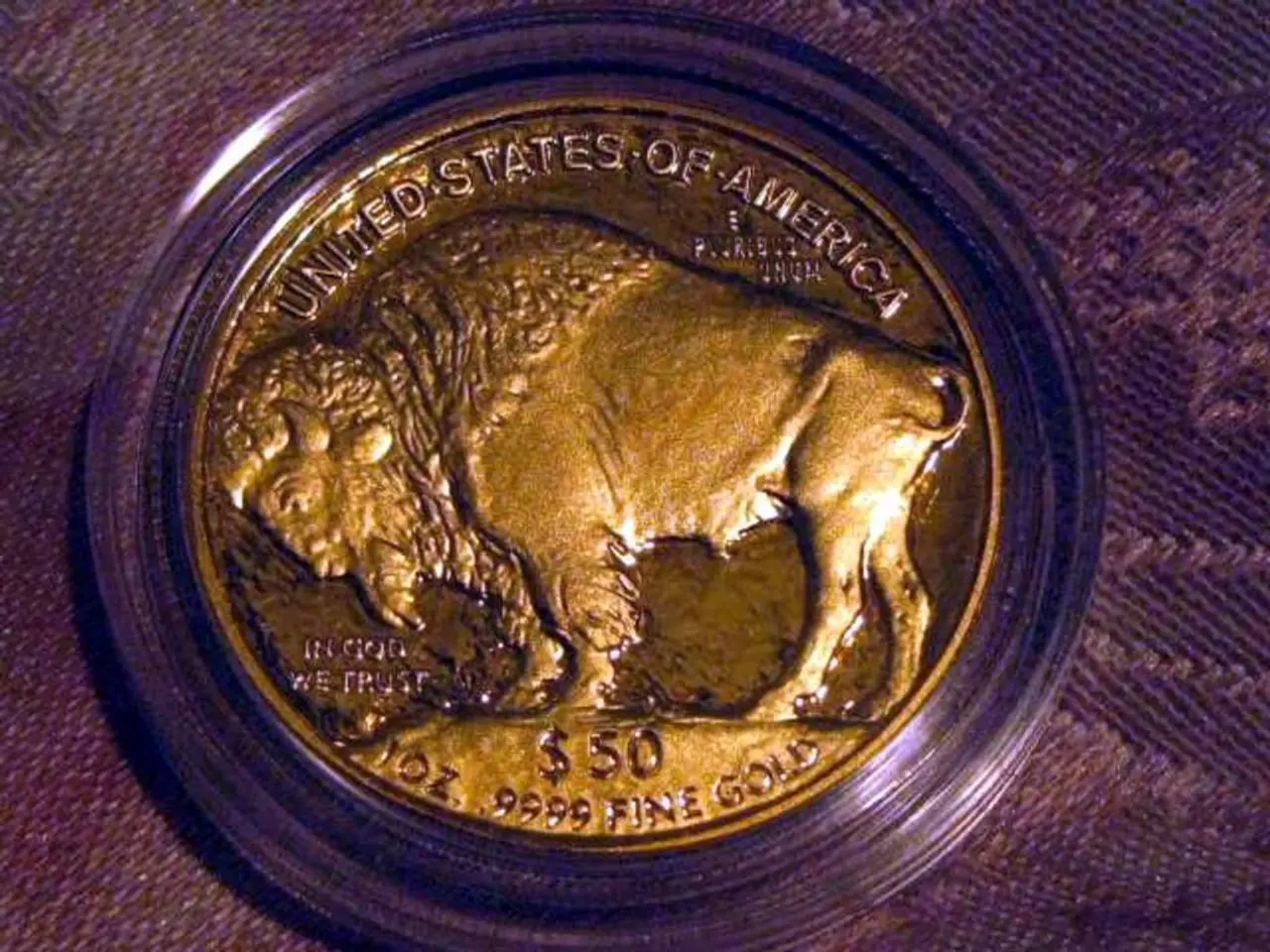Exploration of Astronomy's Influence on Early Science Fiction - Comprehensive Breakdown - History and Mythology of Astronomy in Literature
In the annals of literature, the relationship between astronomy and early science fiction is a captivating tale of imagination and discovery. This union began in the 17th century, as astronomical knowledge and speculation inspired writers to craft fictional journeys beyond Earth.
One of the earliest pioneers was the French satirist Cyrano de Bergerac, who penned stories about lunar and solar expeditions such as Histoire comique des états et empires de la lune (17th century). These narratives reflected contemporary astronomical and cosmological ideas, setting a precedent for imagining space travel.
Fast forward to the 19th century, and authors like Jules Verne and H.G. Wells continued this tradition, integrating the best scientific knowledge of their day into novels like From the Earth to the Moon (1865) and The War of the Worlds (1898), respectively. These works grounded their science fiction in plausible physical principles such as spaceflight and encounters with aliens.
As the 19th and 20th centuries progressed, astronomers who were also writers, such as Camille Flammarion, combined scientific speculation with philosophical and spiritual notions in popular science and early science fiction. Flammarion's works proposed evolutionary histories of other worlds consistent with then-current astronomy, influencing later science fiction authors through his blending of science and myth.
By the mid-20th century, science fiction authors began to base their stories more directly on observational astronomy and astrophysics. Hal Clement, for instance, constructed worlds informed by actual astronomical data, even depicting planets orbiting stars like Barnard’s Star (although early exoplanet detections were erroneous). This shift towards scientific rigor in depictions of alien environments reflects the growing interplay between advances in astronomy and the imaginative worldbuilding in science fiction.
Today, the relationship between astronomy and science fiction remains as vibrant as ever. Modern science fiction authors draw on the latest discoveries and theories in astronomy to create stories that are both scientifically accurate and imaginative. From exotic worlds with strange landscapes and bizarre inhabitants, to the concept of alien life forms living on other planets, astronomy continues to be a source of wonder and inspiration.
Moreover, science fiction has played a significant role in shaping public perception of astronomy and the universe as a whole. It has popularized astronomical concepts and theories, making them more accessible to a wider audience. Over time, the genre has become more diverse and inclusive, with a greater focus on representing different cultures and perspectives in stories set in space.
As we gaze up at the stars, it's clear that the future of astronomy and science fiction promises to be as exciting and awe-inspiring as the celestial bodies themselves. The concept of black holes, wormholes, and parallel universes, once relegated to the realm of science fiction, are now subjects of scientific inquiry. The universe, it seems, is still full of surprises.
[1] Nye, David. "The Origins of Science Fiction." The New Yorker, 24 Oct. 2011, https://www.newyorker.com/magazine/2011/10/24/the-origins-of-science-fiction. [2] Clute, John, and Peter Nicholls, eds. The Encyclopedia of Science Fiction. Orbit, 2000. [3] Grusin, Richard. "The Evolution of Science Fiction." The New York Times, 21 Mar. 2011, https://www.nytimes.com/2011/03/20/books/review/evolution-of-science-fiction-book-review.html.
Space exploration, driven by advancements in technology, now also finds its roots in scientific astrophysics research, as contemporary science fiction authors incorporate up-to-date astronomical discoveries into their stories for an imaginary journey through the universe. Formerly speculative concepts like black holes and parallel universes, once exclusive to the realms of science fiction literature, are now becoming subjects of scientific inquiry, reflecting the ongoing interplay between the fields of science, space-and-astronomy, and technology.




